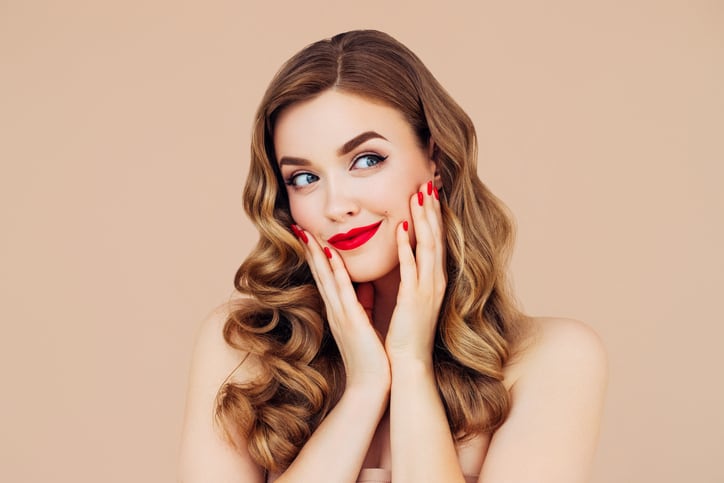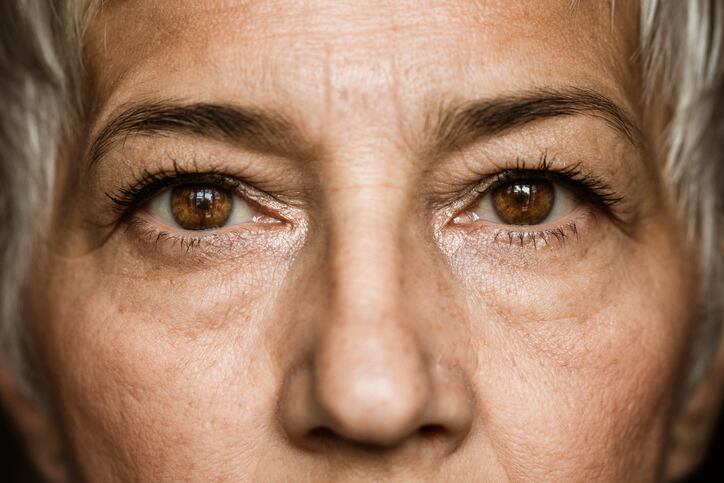Writing in its international patent, L’Oréal said the lipstick formula contained at least one natural oil, one fatty alcohol wax and particles of at least one filler. Importantly, it said the anhydrous or waterless blend – which could be used to make coloured lipstick or non-coloured hydrating or protective lip balms – could be created with a minimal amount of animal-derived ingredients and/or beeswax or be entirely free of such ingredients.
“There remains a need for improved cosmetic compositions having good texture properties, while at the same time minimising or eliminating the amount of animal-derived ingredients and/or other ingredients with perceived problematic production processes such as beeswax,” L’Oréal wrote in the patent filing.
A complex replacement – oils, waxes and fillers
Following on from previously filed French and US patent applications, the latest international document detailed the complexity of replacing animal-derived ingredients and beeswax whilst maintaining sought-after sensorial properties of lipsticks.
Many lipsticks contained animal-derived ingredients or beeswax, L’Oréal said, to achieve a “desired texture”. And without these ingredients, the company said it was difficult to obtain the creamy texture considered desirable to consumers.
One part of the composition in its invention, it said, was a natural oil that could be recovered or extracted from foods, plants or other vegetative life. For example, olive oil, avocado oil, sesame oil, apricot oil, soybean oil, barley oil or safflower oil were all suitable, used individually or blended, among many others. Preferably, L’Oréal the natural oil was present in the composition at 20-60% by weight, ideally between 32-38% by weight.
Additional oils could also be added, such as volatile or non-volatile oils; preferably silicone oils or esters that functioned as additional oils.
“Although not wishing to be bound by any theory, it is believed that inclusion of such ingredients surprisingly increases hardness of the resulting compositions when combined with the other ingredients,” L’Oréal wrote. This hardness, it said, meant compositions could be “self-supporting” and “easily disintegrate to form a satisfactory deposit on keratin materials”.
Another important part of the composition was fatty alcohol wax, L’Oréal said, which could be either saturated or unsaturated, linear or branched, and present at levels between 1-15% by weight of the final formula, ideally 2-8%.
“According to preferred embodiments, more natural oil(s) is/are present in the composition than fatty alcohol wax(es),” the company said. The composition, for example, could be made with a natural oil-fatty alcohol wax ratio of at least 2:1, preferably 7:1.
The lipstick composition also featured filler particles, either spherical or lamellar and preferably of natural origin such as cellulose fillers, starch fillers or mineral fillers. The company said these fillers ought to feature at rates of 0.25-10% by weight in the final formula, preferably between 0.5-7% by weight.
Vegetable waxes and colouring agents
Preferably, though, the company said the oil-phase of the lipstick composition – its oils and waxes – contained less than 10% by weight of beeswax or was ideally “substantially free, devoid of or free of beeswax” entirely.
Suitable examples of natural origin wax alternatives included vegetable waxes like carnauba wax, candelilla wax, sunflower seed wax and rice wax. Silicone waxes could also be incorporated, L’Oréal said.
Importantly, these vegan lipstick formulas could also feature colouring agents to create coloured lipsticks versus non-coloured balms that offered hydration or protection. Colouring agents were preferably chosen from pigments or dyes, the company said, including nacreous pigments and liposoluble dyes. If present, the colouring agent ought to feature at rates of 1-30% by weight of the final formula, ideally 8-16%.
Both coloured and uncoloured compositions could then also incorporate a range of additional additives, the company said, including antioxidants, sunscreens, fragrances, dermatological agents, vitamins and mixtures thereof. “A person skilled in the art will take care to select the optional additional additives and/or the amount thereof such that the advantageous properties of the composition according to the invention are not, or are not substantially, adversely effected by the envisaged addition.”
L’Oréal said its invention could ultimately be used to develop several lipstick products, coloured and non-coloured, to be offered to consumers in the form of a kit. The kit, it said, could include coloured lipsticks, basecoats, topcoats, moisturising compositions, for example.
WIPO International Patent No. WO/2023/278383
Published on: January 5, 2023. Filed on: June 28, 2022.
Title: “Lipsticks having natural oil, fatty alcohol wax and filler particles”
Inventor: L’Oréal – HS. Bui, X. Liu, T. Nguyen and T. Liu




